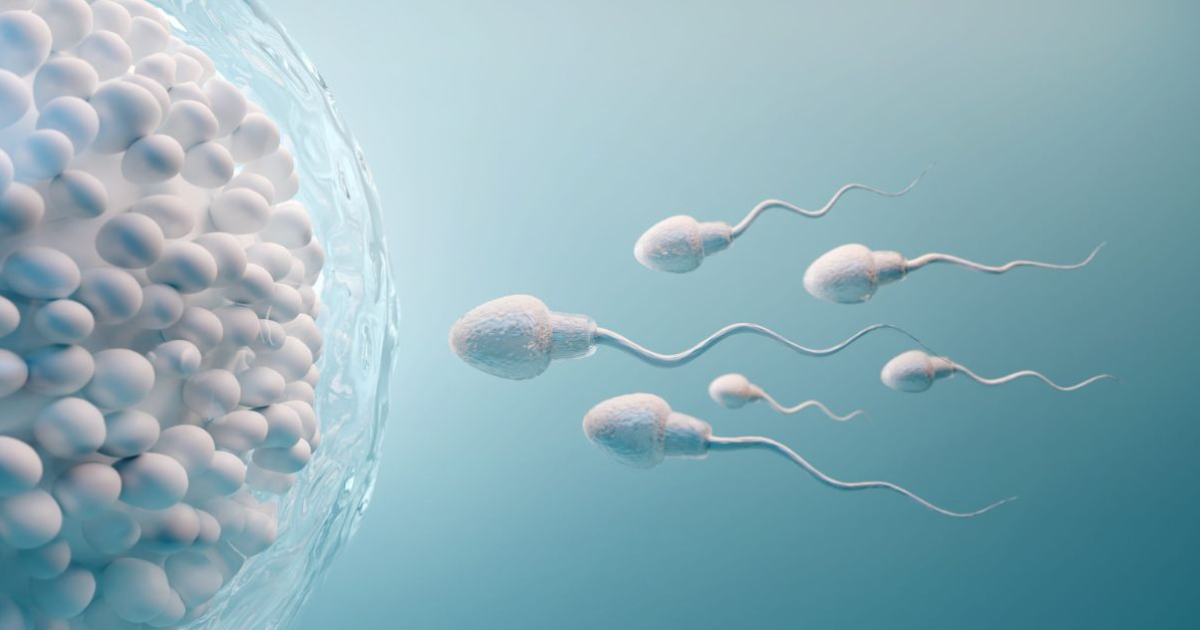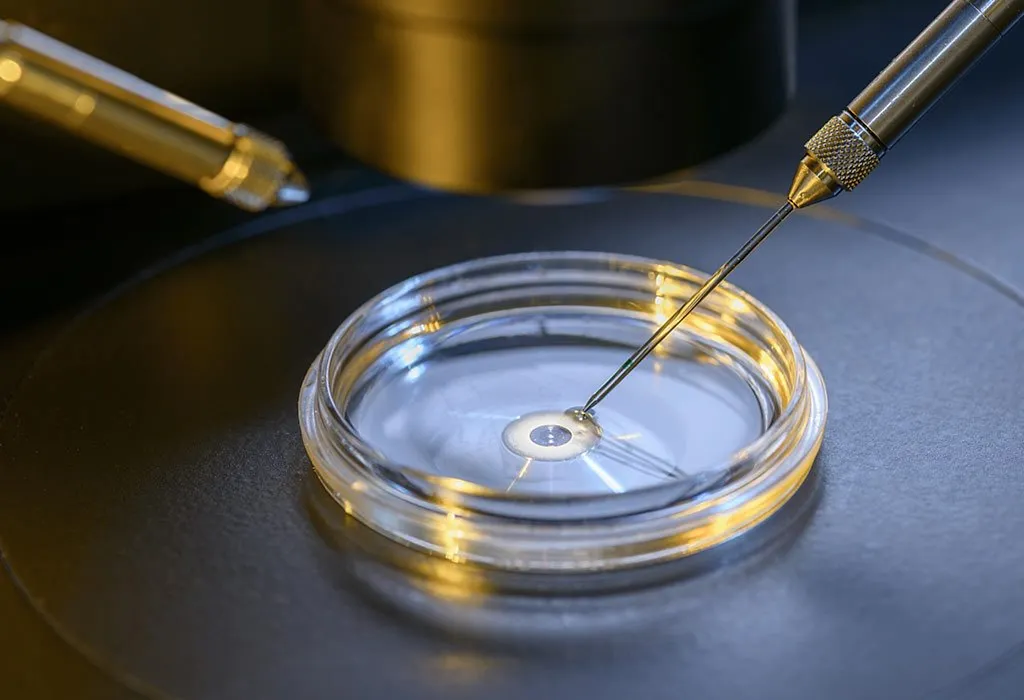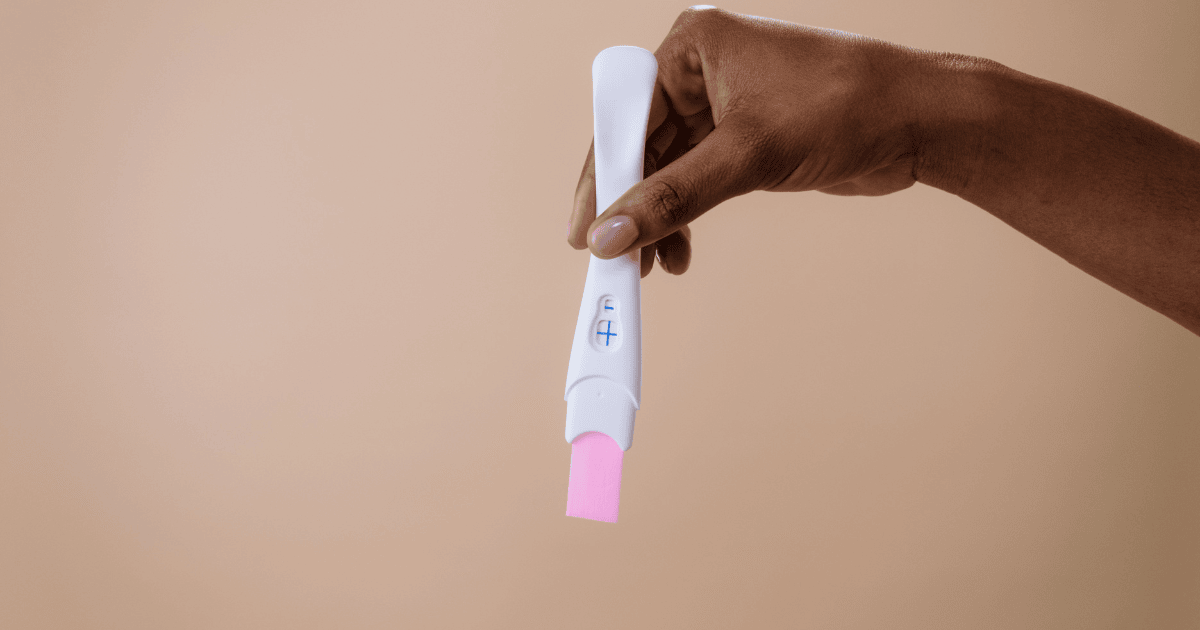Introduction
Microplastics—tiny plastic particles less than 5mm in size—have infiltrated nearly every corner of our environment, from oceans to the air we breathe. Emerging research indicates that these pervasive pollutants may adversely affect human health, particularly male fertility. Studies have detected microplastics in human and canine testicular tissue, raising concerns about their potential impact on reproductive health.
What Are Microplastics?
Microplastics originate from the degradation of larger plastic items or are intentionally manufactured for use in products like cosmetics and cleaning agents. They have been detected in various human tissues, including blood, lungs, and even the brain.
Microplastics and Male Reproductive Health
Recent studies have found microplastics in human testicular tissue, raising concerns about their impact on male reproductive health. One study identified 12 different types of microplastics in testis samples, with higher concentrations associated with reduced sperm counts and testis weight.
Another study detected microplastics in semen and urine, linking exposure to lower sperm quality.
Potential Mechanisms of Impact
Microplastics may affect male fertility through several mechanisms:
- Endocrine Disruption: Certain chemicals in plastics, such as phthalates, are known endocrine disruptors. They can interfere with hormone function, potentially leading to decreased testosterone levels and impaired sperm production.
- Oxidative Stress: Microplastics can induce oxidative stress, leading to cellular damage in reproductive tissues.
- Inflammation: The presence of foreign particles like microplastics can trigger inflammatory responses, which may adversely affect sperm development and function.
Implications for Fertility
The accumulation of microplastics in reproductive organs and their potential to disrupt hormonal balance underscore the need for further research. While definitive conclusions are yet to be drawn, the existing evidence suggests a possible link between microplastic exposure and declining male fertility rates.
Recommendations
To mitigate potential risks associated with microplastic exposure:
- Reduce Plastic Use: Limit the use of single-use plastics and opt for alternatives like glass or stainless steel.
- Be Cautious with Food Storage: Avoid storing food in plastic containers, especially when heating, as heat can cause plastics to leach harmful chemicals.
- Filter Drinking Water: Use water filters that can remove microplastics to ensure cleaner drinking water.
- Stay Informed: Keep abreast of new research findings related to microplastics and health.
Conclusion
While the full extent of microplastics’ impact on male fertility remains under investigation, the current evidence points to potential risks. By taking proactive steps to reduce exposure, individuals can contribute to their reproductive health and overall well-being.









